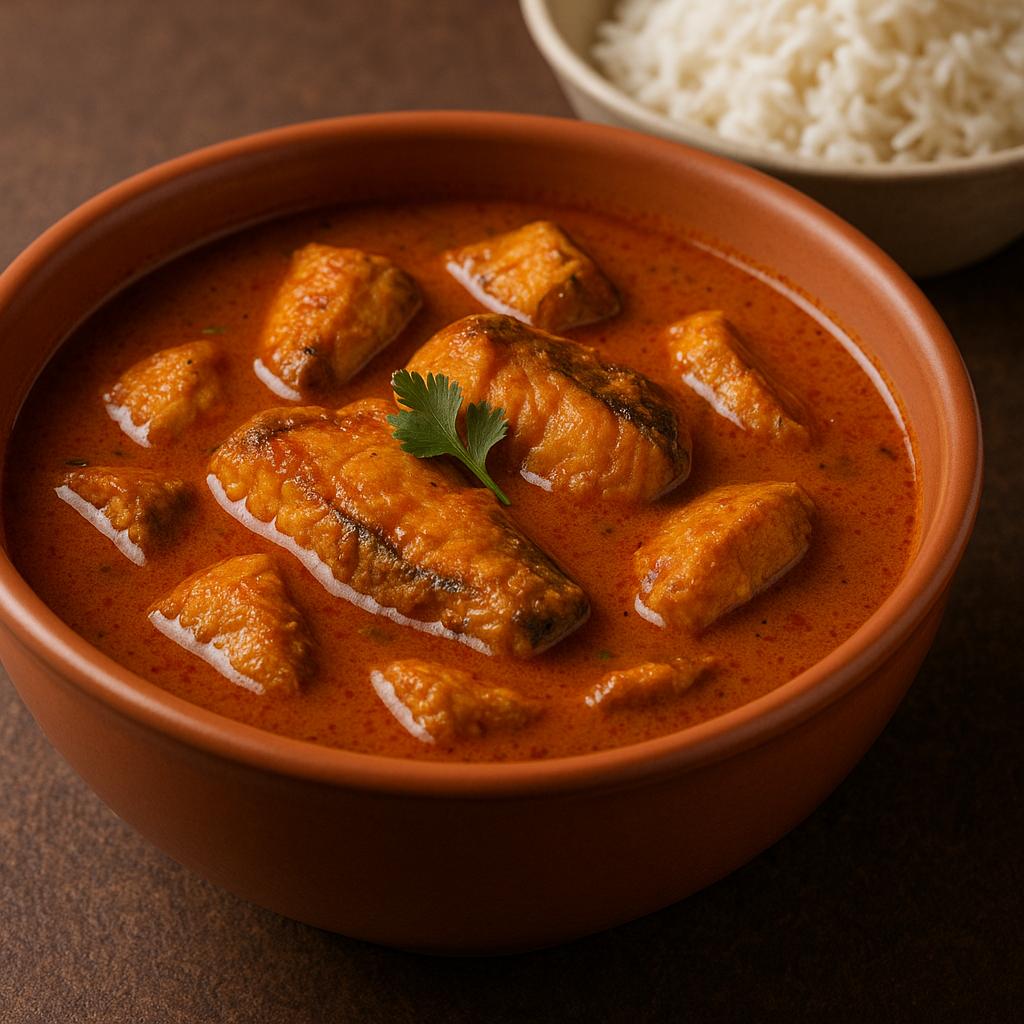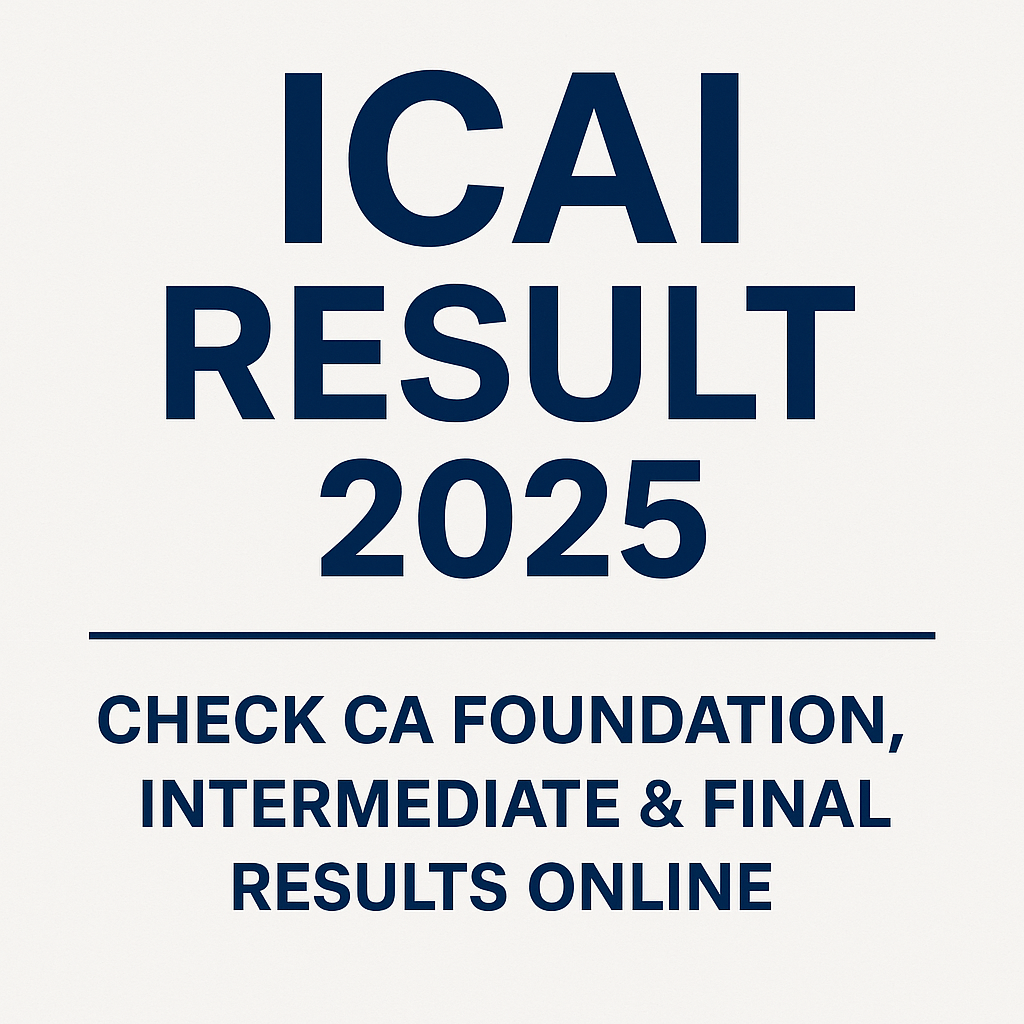India Women vs Pakistan Women: Empowerment, Equality, and Evolution
The journey of women in India and Pakistan has always been inspiring, emotional, and complex. Though both nations share cultural roots, their paths of progress, empowerment, and equality have taken unique turns. From education and politics to sports and social change, women from both sides of the border continue to redefine boundaries and challenge stereotypes.
1. Shared History, Different Journeys
India and Pakistan were once one nation, bound by culture, traditions, and languages. After the partition in 1947, their political, economic, and legal systems evolved differently — shaping the roles and rights of women in distinctive ways.
In both countries, women are seen as pillars of the family, yet they constantly battle deep-rooted social expectations. While Indian women navigate diverse legal systems under a secular framework, Pakistani women’s rights are often discussed through religious and social lenses. Despite differences, both strive for dignity, respect, and equal opportunities.
2. Political Representation and Legal Rights
Women in India and Pakistan have made visible strides in politics. India has introduced a 33% reservation for women in Parliament and state legislatures, aiming to ensure fair representation. Similarly, Pakistan allocates reserved seats for women in national and provincial assemblies.
However, representation doesn’t always mean real influence. Many women leaders still face barriers of hierarchy, limited resources, and societal pressure. Both countries have progressive laws protecting women from domestic violence and workplace harassment — yet enforcement and awareness remain major challenges.
3. Education and Employment Opportunities
Education is the foundation of empowerment. India has seen impressive growth in female literacy and school enrollment, especially in urban areas. Pakistan, too, has improved access to girls’ education, though rural regions still face high dropout rates due to early marriage, poverty, and safety concerns.
In the workforce, women in both countries continue to fight for equal pay and recognition. Many are employed in informal sectors like agriculture, handicrafts, and home-based businesses. The rise of digital work and entrepreneurship has also opened new doors for young women determined to lead independent lives.
4. Mobility, Safety, and Social Freedom
Safety and mobility are two of the biggest concerns for women in both nations. Whether it’s commuting to work, attending college, or simply being in public spaces, fear of harassment often limits women’s independence. Campaigns advocating safe streets, public awareness, and gender equality are slowly changing mindsets.
Cultural expectations around marriage, motherhood, and family honor still influence women’s decisions. Yet, an increasing number of women are breaking these norms — choosing higher education, pursuing careers, and asserting their individuality.5. India vs Pakistan: Women in Sports
When India and Pakistan women’s cricket teams face off, it’s more than just a game — it’s a statement of pride, power, and progress. These matches highlight not just athletic talent but the determination of women who overcame immense challenges to represent their nations.
India’s women cricketers enjoy stronger institutional support, sponsorship, and training infrastructure, which has reflected in their consistent performances. However, Pakistani women players, too, have shown courage and resilience, breaking stereotypes in a male-dominated sports culture. Beyond cricket, both countries have produced exceptional athletes who inspire young girls to dream big.
6. Common Challenges and Shared Goals
Despite their borders, Indian and Pakistani women face similar struggles:
- Gender inequality and patriarchy
- Limited access to healthcare and reproductive rights
- Workplace discrimination and unequal pay
- Lack of safety in public spaces
- Social pressure to conform to traditional roles
Both nations are gradually witnessing a shift in public consciousness. Women-led NGOs, community groups, and digital platforms are helping raise awareness, challenge injustice, and promote gender equality.
7. The Power of Change: New Generation, New Mindset
The younger generation of women in India and Pakistan is redefining what empowerment means. They are vocal, ambitious, and unapologetically independent. From entrepreneurs and filmmakers to scientists and activists, these women are rewriting history with courage and confidence.
Social media has become a powerful tool for change — amplifying voices, connecting communities, and inspiring millions. Today, more women are using digital platforms to speak up about education, career, health, and self-expression.
8. The Spirit of Progress
The story of women in India and Pakistan is not about competition but about collective progress. It’s about resilience, courage, and the unbreakable spirit that binds them across borders. While challenges remain — from gender gaps to social prejudice — the rise of awareness and activism signals a brighter future.
Women from both nations continue to prove that empowerment is not defined by geography but by determination. Their voices, achievements, and struggles echo one truth — when women rise, nations rise.
Conclusion
The India vs Pakistan comparison is not about rivalry but reflection. It’s a reminder that progress in one nation inspires the other. Women on both sides are the real changemakers — shaping a new South Asia where equality, respect, and opportunity are no longer dreams but realities.
Their journey continues — not as India vs Pakistan, but as women united by strength, courage, and hope.





Leave a Reply